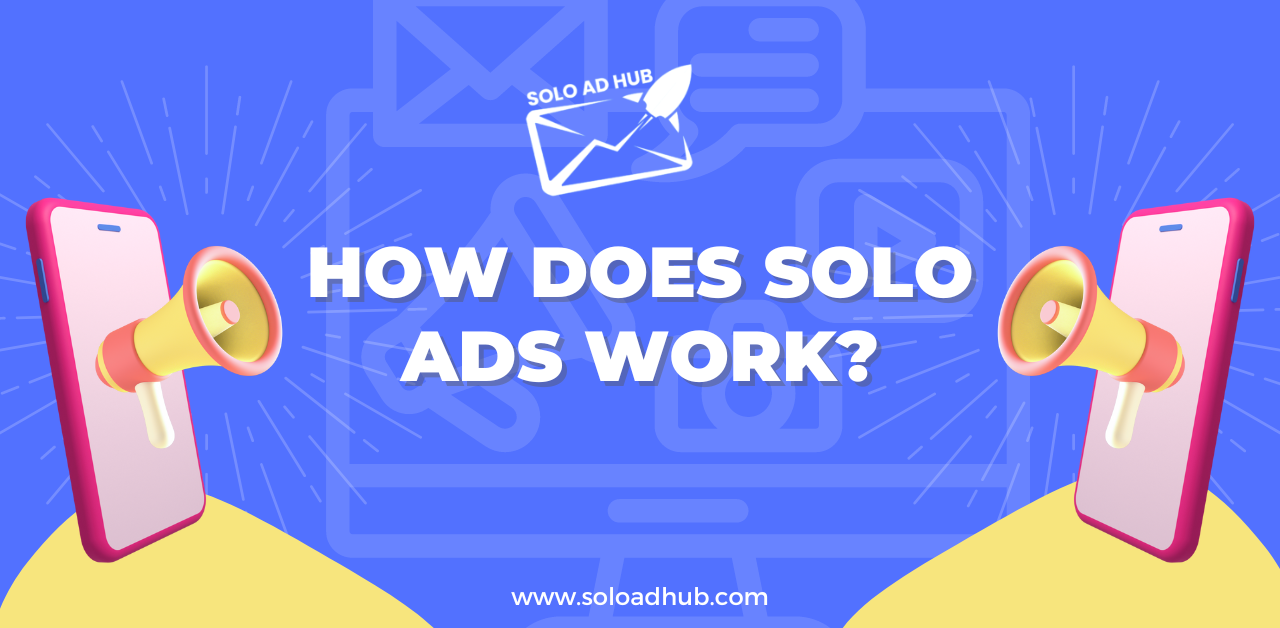Solo ads have become an integral part of online marketing strategies for businesses aiming to expand their reach and increase their customer base. In today’s competitive digital landscape, understanding how solo ads work and leveraging them effectively can significantly enhance your online presence and drive conversions. In this comprehensive guide, we delve into the intricacies of solo ads, demystifying their mechanics and unveiling their potential for business growth.
Table of Contents
What are Solo Ads?
Solo ads are a form of online advertising where an advertiser pays a solo ad vendor to send an email promoting their offer to the vendor’s email list subscribers. Unlike traditional email marketing, where emails are sent to a brand’s subscribers, solo ads are sent to a vendor’s list, allowing advertisers to reach a broader audience.
The Mechanics Behind Solo Ads
1. Finding a Reliable Solo Ad Provider
The first step in leveraging solo ads effectively is to find a reputable solo ad provider with a responsive and targeted email list. Research various vendors read reviews, and assess their track record in delivering results for businesses similar to yours. Look for providers with high-quality lists composed of engaged subscribers interested in your niche.
2. Crafting Compelling Ad Copy
Once you’ve identified a suitable solo ad provider, the next crucial step is to craft a compelling ad copy that resonates with the vendor’s audience. Focus on creating attention-grabbing headlines, highlighting the benefits of your offer, and including a clear call to action to prompt recipients to take the desired action.
3. Tracking and Analyzing Performance

After launching your solo ad campaign, it’s essential to track and analyze its performance meticulously. Monitor key metrics such as open rates, click-through rates, and conversion rates to gauge the effectiveness of your campaign. Use this data to optimize your future solo ad campaigns and maximize ROI.
Why Solo Ads Work
1. Laser-Targeted Reach
One of the primary advantages of solo ads is their ability to target a specific audience interested in your offer. Unlike other forms of advertising, solo ads allow you to reach prospects who have already expressed interest in your niche, increasing the likelihood of conversion.
2. Rapid List Building

Solo ads offer a rapid and scalable method for building your email list. By tapping into the vendor’s existing subscriber base, you can quickly and efficiently grow your list with qualified leads interested in your products or services.
3. Cost-Effective Marketing
Compared to traditional advertising channels such as pay-per-click or display ads, solo ads can be a cost-effective marketing solution. With solo ads, you pay only for the number of clicks or leads generated, making it easier to control your budget and maximize ROI.
Key Considerations for Successful Solo Ad Campaigns
1. Audience Targeting
Ensure that your solo ad campaign is targeted toward an audience that aligns with your offer. Segment your email list based on demographics, interests, and behaviors to deliver relevant and personalized messages.
2. Ad Quality and Relevance

Craft compelling and relevant ad copy that speaks to the needs and pain points of your target audience. Highlight the unique selling propositions of your offer and provide a clear call to action to drive conversions.
3. Continuous Optimization
Optimize your solo ad campaigns continuously based on performance data and customer feedback. Experiment with different copywriting techniques, subject lines, and offer structures to improve engagement and conversion rates over time.
In Conclusion
Solo ads offer a powerful marketing tool for businesses looking to expand their reach and drive conversions. By understanding the mechanics behind solo ads and implementing strategic campaigns, you can maximize ROI and accelerate your business growth in today’s competitive digital landscape.
